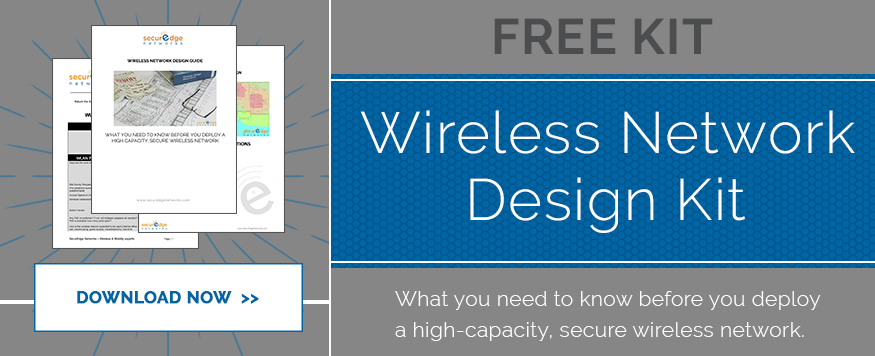
Some of my favorite shows on TV have been hospital dramas. From shows like “House” to the ever classic “E.R.” I’ve always enjoyed the high paced action and long medical jargon I can never really understand. These shows typically get the drama and the chaos right but rarely do they capture what goes on behind the scenes, the slightly-less dramatic things that make it all possible, for example, RTLS (Real-Time Location Systems).
It’s hard to believe in today’s “tech” driven world that hospitals are still writing things down on clipboards and using giant whiteboards.
RTLS has the ability to track the specified location of both people and objects within a certain area with wirelessly transmitted tags.
These solutions provide healthcare facilities with the ability to get rid of expensive manual processes and reduce the time employees spend on administrative tasks. This is all done while preventing theft, under-utilization and simply losing equipment.
Outlined below are four great ways that RTLS solutions can impact our hospitals today.
Upgrading Workflows
When it comes to upgrading routine workflows and admin tasks this usually takes a lot of time to implement throughout the hospital. The simple fact is that unlike tv shows, there are a lot more people and money involved in policy decisions.
A good example of this would be increasing patient satisfaction scores with hourly nurse rounding. The issue here is actually doing it. Without using RTLS this type of task would require a CNO (Chief Nursing Officer) to oversee and manage the workflow, manually.
By monitoring patients activities with RTLS, this inefficient process can now be simplified with automated systems such as timed reminders and RFID nurse call buttons.
Patient Monitoring
The constant monitoring of patients is very labor-intensive. Hospitals need to be able to assist those with the most needs but at the same time have a clear view of all of their patients.
Real-Time Location Systems with messaging capabilities allow for things like wristbands to be used as a nurse call button. This gives patients who are able, the ability to perform basic tasks while allowing the hospital to monitor them remotely.
In addition some RTLS have what is called “geo-fencing” that triggers alerts when patients go into designated restricted areas. Both of these examples allow hospitals the ability to maximize their resources and help those most in need.
There really are so many possibilities when you combine the right RTLS and properly designed hospital wireless network.
Automated Temperature Monitoring
Both temperature and humidity are critical elements within a hospital environment. Countless numbers of food, blood, bone, tissue and medication are maintained by refrigerators. Properly storing such things like organs, blood and medications are not only important to patient safety but also to proper hospital workflows.
Currently temperature and humidity are commonly logged manually using clipboards. This type of record-keeping is inefficient and also open to the possibility of human error. RTLS solutions make it possible to automatically and wirelessly monitor humidity and temperature movements, alerting the right staff members in case of an issue.
Typically the RFID sensors used to monitor temperature and humidity are battery powered, eliminating the need for costly and difficult hard-wiring. These automated procedures can save many, many thousands of dollars simply by making the labor more cost-effective.
Breadcrumb Trails
If you don’t have enough data or you don’t have the right kind of data how can you effectively make changes to improve. It’s really difficult to say the least, usually requiring near perfect record keeping and some guesswork.
RTLS gives hospital administrators and managers the ability to use the power of real-time data history also known as “breadcrumb trails”. For example, by tagging staff members you could determine the effectiveness and efficiency of tasks by looking at the time spent doing them, giving you the ability to better shape future improvements.
You could also use these “breadcrumbs” to look at emergency plans. Through simulations and analyzing the real-time movements of your staff, hospitals could ensure better emergency response times and effectiveness.
It’s important to remember that all of this technology isn’t possible without proper planning and a properly designed hospital wireless network to support your initiatives and future goals. If you have any questions or comments regarding RTLS or your wireless network we’d love to chat with you, simply contact us here.





